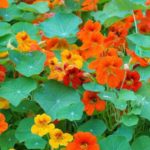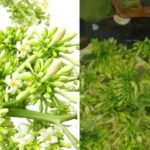The Chukrasia tabularis, or more commonly known as the Lát Flower Tree, is a large tree native to many parts of Asia, including China, Thailand, Cambodia, and Vietnam. This tree is also found in other regions such as South Africa, the United States, and Costa Rica.
1 What is the Lát Flower Tree?
Origin of the Lát Flower Tree
The Lát Flower Tree, with the scientific name Chukrasia tabularis, belongs to the Meliaceae family. This tree has a long history, mainly in Asian countries, but it is also present in other parts of the world such as South Africa, the United States, and Costa Rica.
In Vietnam, the Lát Flower Tree is predominantly grown in the central and northern provinces, stretching from Ha Tinh to Lang Son.
The tree is commonly planted in economic forests and urban areas for shade. You will often find it along streets, in school compounds, and other similar locations.
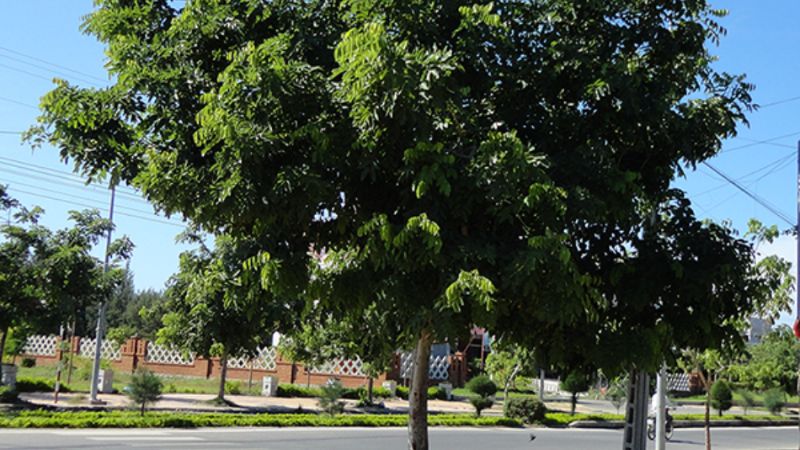 Origin of the Lát Flower Tree
Origin of the Lát Flower Tree
Characteristics and Classification of the Lát Flower Tree
The Lát Flower Tree is a tall, long-living tree species that can grow up to 25-30 meters in height and reach a diameter of 120-130 cm. Its trunk grows straight, bearing many branches and leaves. The bark is light brown and tends to crack lengthwise.
Its leaves are pinnately compound, glossy, and reddish when young, turning green as they mature. The leaves grow symmetrically along a long petiole of about 30 cm. The leaflets are lanceolate with pointed tips.
The flowers of the Lát Flower Tree bloom at the end of the branches and are pale yellow in color. The inner corolla is hairy and shaped like a cone. The flowers grow upright but droop as they mature.
There are several varieties of this tree species, including the small-fruited Lát Flower Tree, the Dong Nai Lát Flower Tree, and the hairy-leaved Lát Flower Tree.
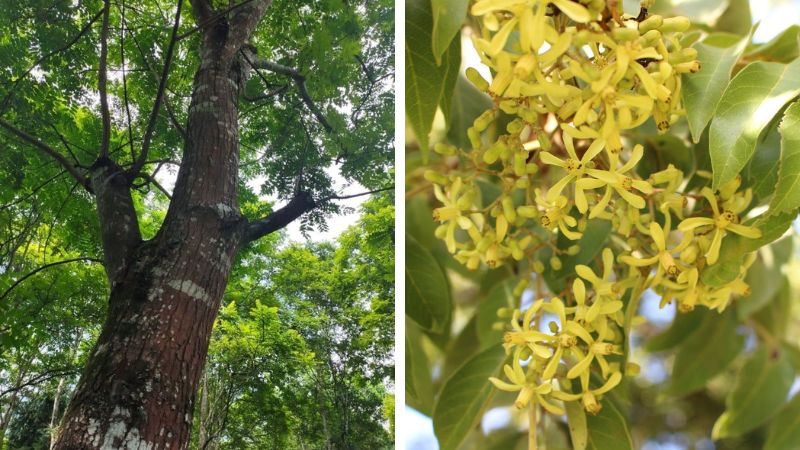 Characteristics of the Lát Flower Tree
Characteristics of the Lát Flower Tree
2 Benefits of the Lát Flower Tree
Health Benefits
The young leaves of the Lát Flower Tree are known for their medicinal properties. Additionally, the bark of the tree can be used to reduce fever for people of all ages.
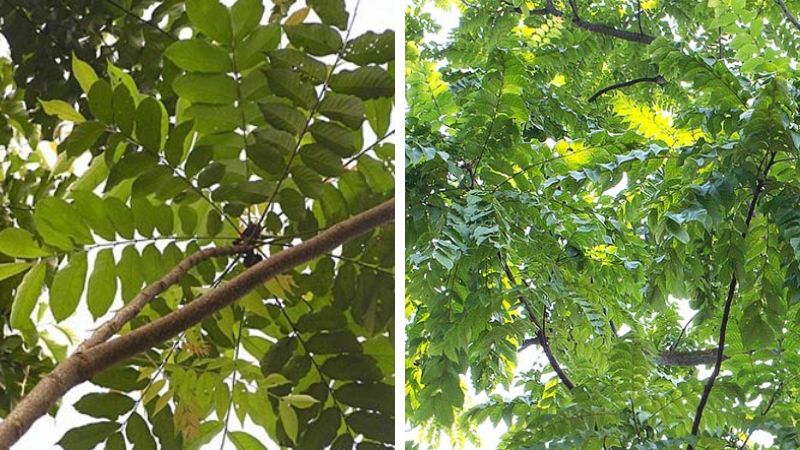 Medicinal Benefits of the Lát Flower Tree
Medicinal Benefits of the Lát Flower Tree
Aesthetic Benefits
The Lát Flower Tree is prized for its beautiful wood, which is used in wood carving, furniture making, and various daily utilities. The flowers of the tree are also used as a natural food coloring agent.
Furthermore, the Lát Flower Tree is often planted for its aesthetic value, adding beauty to streets, hotel grounds, and school campuses.
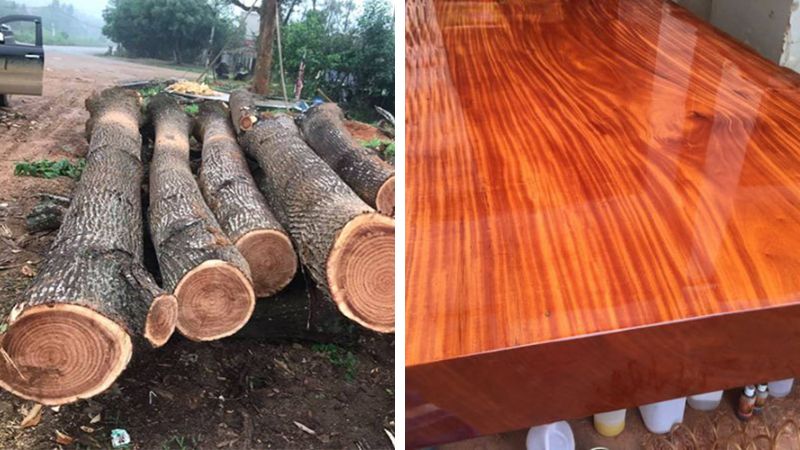 Aesthetic Benefits of the Lát Flower Tree
Aesthetic Benefits of the Lát Flower Tree
3 How to Grow and Care for the Lát Flower Tree
Planting the Lát Flower Tree at Home
The Lát Flower Tree thrives at altitudes of about 300 meters above sea level and can tolerate temperatures ranging from 8°C to 40°C. The best time to plant this tree is during the spring and autumn seasons, preferably on humid and cool rainy days.
While the Lát Flower Tree can grow in various types of soil, it is essential to choose good, deep, moist soil that is free from rocks and pebbles.
Before planting, clear the area of any bushes or vines. If you are combining it with agricultural crops, burning is recommended. The ideal planting density is about 700-800 trees per hectare, with a spacing of 3 meters between each tree.
 Planting the Lát Flower Tree at Home
Planting the Lát Flower Tree at Home
Caring for the Lát Flower Tree
Ensure that the Lát Flower Tree receives an adequate water supply daily, especially during its initial growth stage.
In the first year after planting, till and mound the soil around the tree, and remove any vines or bushes. Continue these practices in the second year, but also remove any shoots within arm’s reach. In the third year, maintain the same care routine and begin pruning to shape the main trunk.
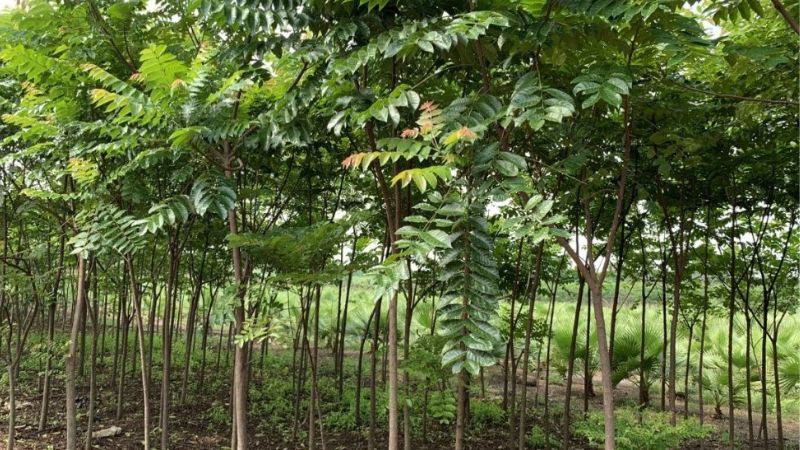 Caring for the Lát Flower Tree
Caring for the Lát Flower Tree
Notes on Growing and Caring for the Lát Flower Tree
For optimal growth, plant the Lát Flower Tree in dry areas that are not prone to waterlogging, but remember to water it daily.
Protect the tree from leaf-eating insects by using appropriate pesticides, similar to those used for broad-leaved trees.
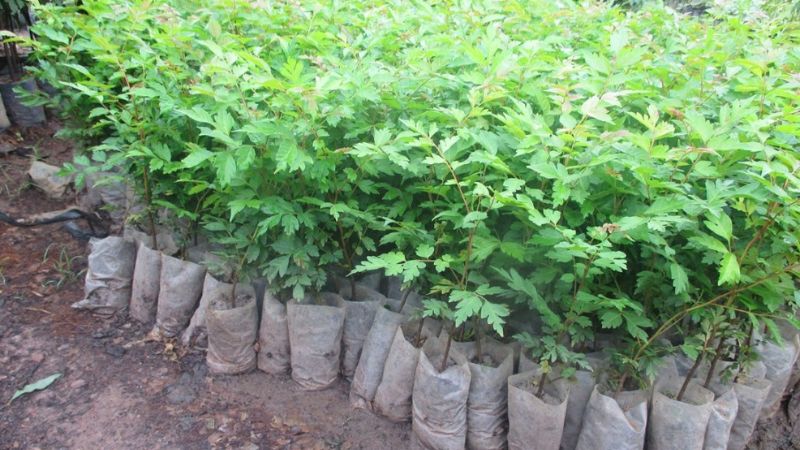 Notes on Growing and Caring for the Lát Flower Tree
Notes on Growing and Caring for the Lát Flower Tree
4 5 Beautiful Images of the Lát Flower Tree
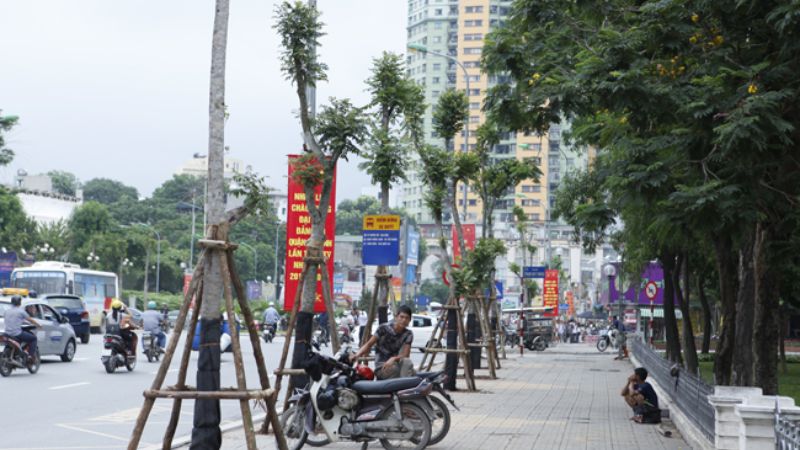 Lát Flower Tree Along the Street
Lát Flower Tree Along the Street
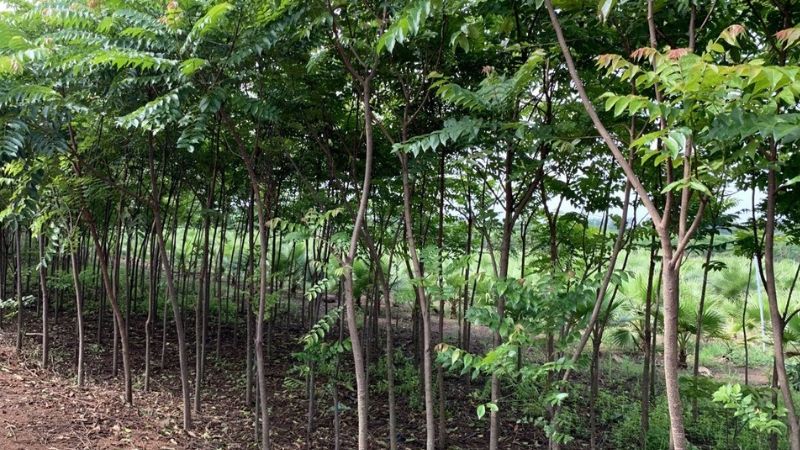 Lát Flower Tree in an Industrial Setting
Lát Flower Tree in an Industrial Setting
 Young Lát Flower Tree
Young Lát Flower Tree
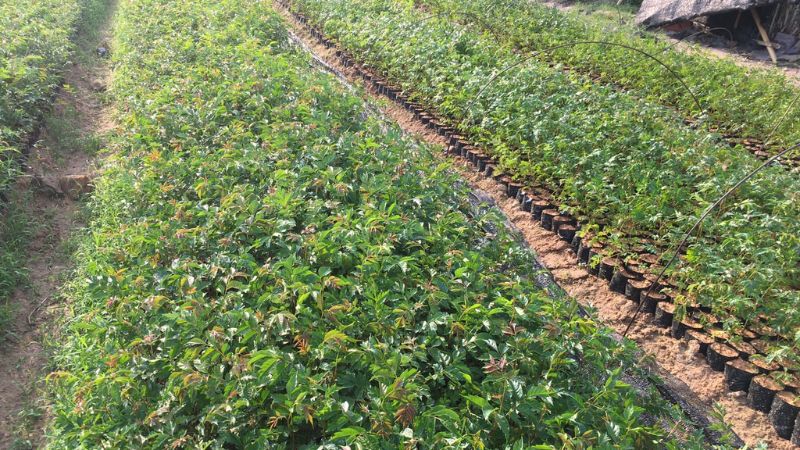 Lát Flower Tree Nursery
Lát Flower Tree Nursery
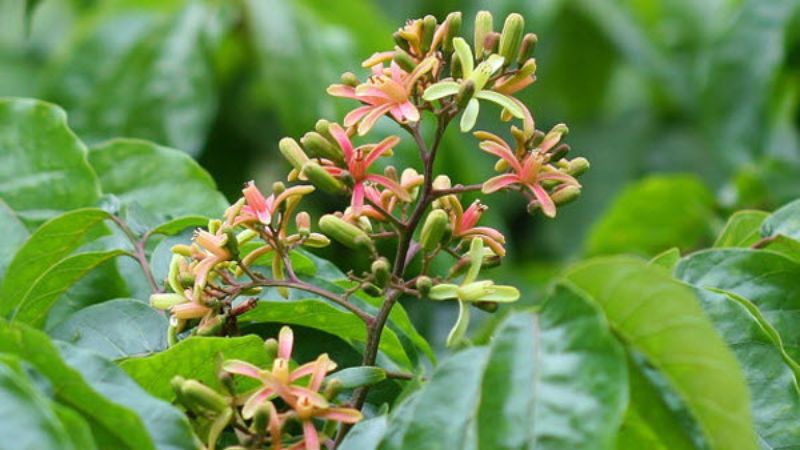 Flowers of the Lát Flower Tree
Flowers of the Lát Flower Tree
This article has provided an overview of the Lát Flower Tree, including its origin, benefits, and cultivation techniques. We hope it has given you a better understanding of this beautiful tree and how to care for it effectively!
Wild-grown vegetable, incredibly affordable in Vietnam, praised by the World Health Organization, don’t forget to buy it before it’s too late.
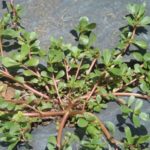 Vietnam, praised by the World Health Organization, don’t forget to buy it before it’s too late.’>
Vietnam, praised by the World Health Organization, don’t forget to buy it before it’s too late.’>This type of vegetable often grows wild along the roadsides, wastelands, and field edges, yet it is a delicious and highly nutritious vegetable with many health benefits.


























